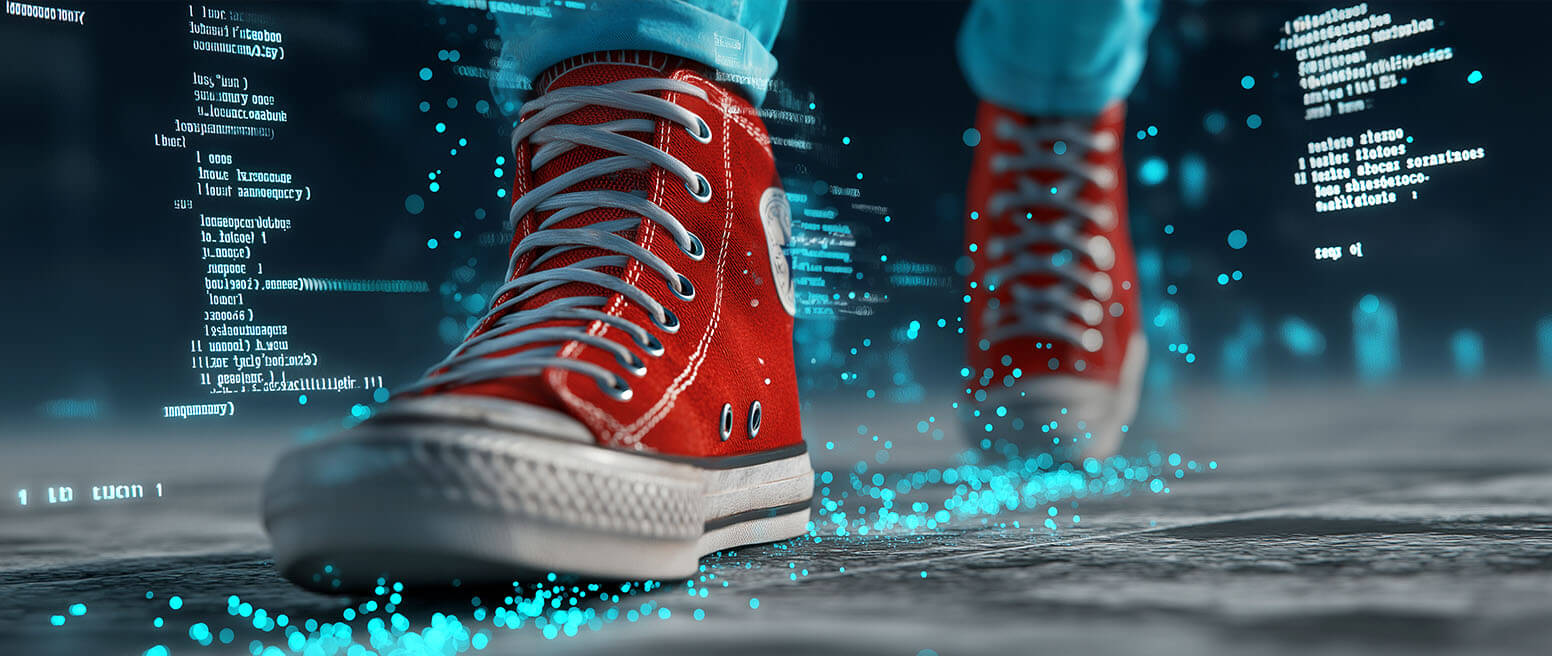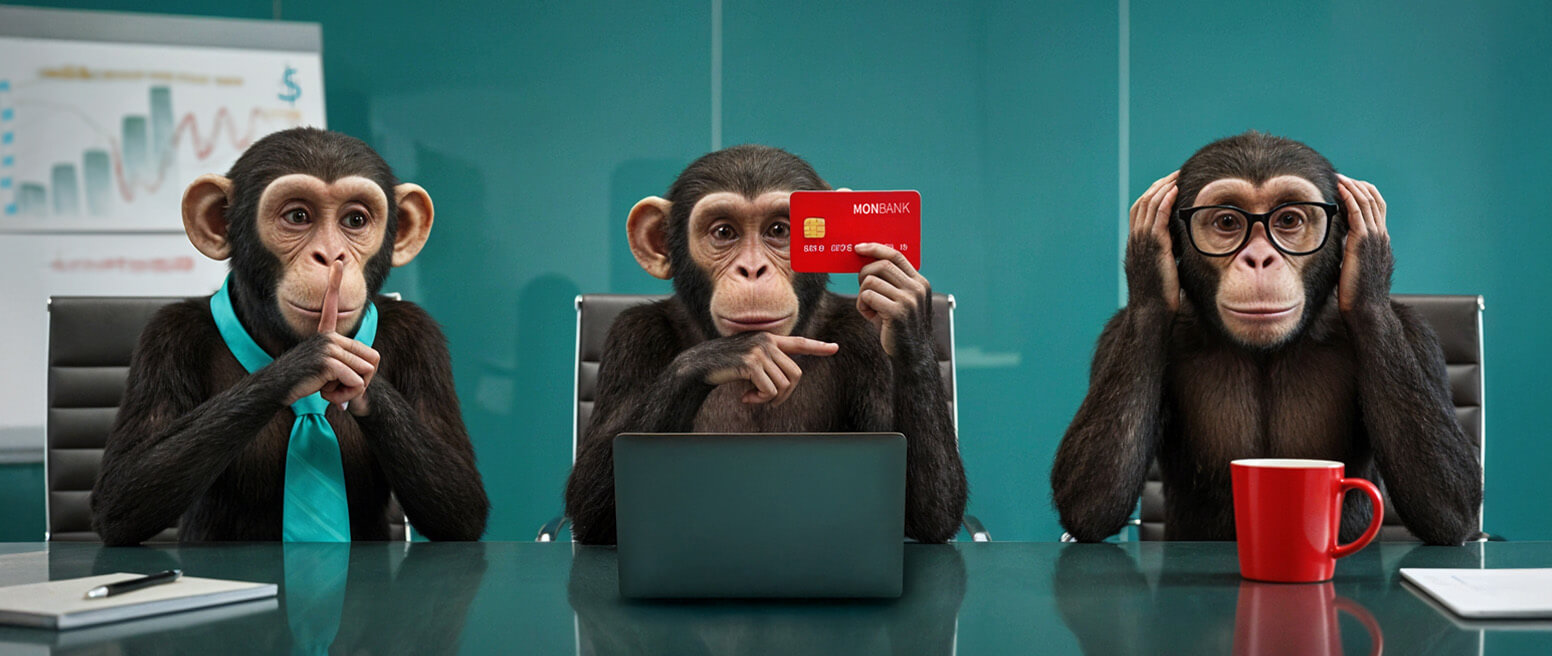How Does Payment Authentication Work? What Methods Can You Use To Validate Buyers?
Let’s say you’re trying to process a transaction at a brick-and-mortar. There are some pretty basic ways to know if the customer on the other side of your checkout counter is actually the person they claim to be.
Chip readers and PIN codes can help authenticate the buyer. You can ask for additional validation, too, such as a driver’s license. Plus, if you receive a decline code, you can simply ask the customer to try a different payment method.
What about online transactions, though? You never come face-to-face with your customer. So, how do you know they’re not an impostor?
In this post, we’ll examine payment authentication best practices, and outline how you can validate buyers and recognize potential fraud with a high degree of accuracy.
Recommended reading
- Reverse Email Lookup: Tips, Tools & How to Detect Fraud
- The Top 10 Fraud Detection Tools You Need to Have in 2025
- ECI Indicators: How to Understand 3DS Response Codes
- How Digital Footprint Analysis Works: A Guide for Merchants
- How Link Analysis Works: Data Points & Best Practices
- Credit Card Fraud Prevention: A Gameplan for Businesses
What Is Payment Authentication?
- Payment Authentication
Payment authentication is the process of verifying the identity of the party on the other end of a transaction. This is done by merchants, who need to verify that their customers are authorized to use a specific payment card.
[noun]/pā • muhnt • aa • then • tuh • kay • shn/
As the name implies, payment authentication most often refers to the process of verifying the identity of a customer during a payment card transaction. You check the information provided by the buyer against the info on file with the company that issued the card. If the information doesn’t match, you should check to make sure a cardholder’s account isn’t being used for unauthorized purchases.
Payment authentication lets you verify a buyer’s identity. You can ensure that only authorized individuals are using payment cards for purchases. This protects your businesses from potential losses due to fraud (and the resulting chargebacks).
In short: payment authentication offers added you — and the financial institutions that work with you — some security and peace of mind.
Experts estimate that more than $1 trillion was lost to cybercrime in 2020; roughly 1% of global GDP that year.
How Does The Payment Authentication Process Work?
The buyer gives you their card info. You send it to the bank, and get a response. Simple enough, right?
The truth is that requesting and authenticating a payment is a pretty complex process, involving a bunch of different players. There’s your gateway provider, your processor, and your acquirer, plus the card network and the card issuer. It looks something like this:
Let’s zoom in a little, though, and focus on the authentication part. Authentication technologies get deployed at several steps in the process. You and your processor will both probably deploy some fraud-detection tools, and so will the issuing bank. This redundancy makes it more likely that an anomaly will get spotted.
These are the three key strategies each party can deploy:
What Payment Authentication Factors Can You Examine?
Most methods you can use to help authenticate customer payments fall into one of four categories:
What is Strong Customer Authentication?
Employing at least some type of payment authentication solution is highly recommended. In some cases, though, it might be a requirement.
More and more governments are trying to fight fraud by implementing strict mandates for buyer validation. The use of strong customer authentication (SCA), for example, is now a law in the European market.
SCA requires merchants to “double-down” on payment authentication during checkout. Verification by card number, address, and CVV is no longer enough. Transactions in the European Union or the United Kingdom now have to verify the buyer’s identity based on at least two factors.
These two-factor checks must be verified to the issuing bank’s satisfaction. If SCA standards are not met, or are not offset by transaction risk analysis, then the transaction will be declined.
What Tools Can I Use For Payment Authentication?
Different tools let you to obtain authentication information in different ways. Here are a few of the most common — and most effective — tools for payment authentication:
There’s no “killer app” for fraud prevention. Payment authentication will require you to use multiple different tools. Then, with more redundancies in place, you can build a better profile of each buyer and engage in better, more accurate, and informed fraud decisioning.
Best Practices for Payment Authentication
Without good payment authentication practices, you’re leaving your business wide-open to fraud and chargebacks. At the same time, authentication methods must be both accurate and efficient, without causing friction at checkout.
Here are some authentication steps you can take to optimize effectiveness while providing a seamless customer experience:
#1 | Use More Than One Authentication Tool
No single tool can be 100% effective, but a mix of multiple tactics can increase your success. You may have to experiment to find the right mix.
#2 | Use the Most Comprehensive Data Available
The more data you can cross-reference, the more accurate you can be. Tap into the best data you can find, and use machine learning to constantly fine-tune results.
#3 | Keep Up-to-Date Records
Your authentication tools are only as good as the information you have on file. Perform regular account checks to update expired card-on-file details.
#4 | Train Your Staff to Recognize Potential Fraud
Your employees can help identify fraud if they know what to look for. Training your staff to recognize some common warning signs associated with fraud.
#5 | Monitor Transactions
Keep an eye out for any suspicious activity or patterns. If something seems off, don't be afraid to reach out to the customer to try and validate the buyer.
#6 | Employ a Larger Strategy
Payment authentication is a powerful fraud prevention tool, but it’s only one tactic and affects only one fraud risk. It won’t help against other issues, such as friendly fraud.
Need Help?
Like every other aspect of fraud prevention, payment authentication can be confusing. A good payment authentication solution can help, but it will still tie up resources. Instead of spending all your time and energy trying to untangle specific needs and regulations, most merchants find they can get a better ROI by working with professionals.
Looking for the most effective ways to prevent fraud and chargebacks while getting back to the business of running your company? Contact Chargebacks911® today to speak to one of our experts.
FAQs
What is payment authentication?
Payment authentication is the process of verifying the identity of the party on the other end of a transaction. This is done by merchants, who need to verify that their customers are authorized to use a specific payment card.
What is the difference between payment authorization and authentication?
Payment authorization is the process where a merchant obtains approval from a payment processor to complete a transaction, confirming that the customer's account has sufficient funds. In contrast, payment authentication focuses on verifying the identity of the user making the transaction, ensuring that the person is indeed the legitimate cardholder.
What are the three types of authentication?
The three types of authentication are something you know (like a password or PIN), something you have (such as a smart card or mobile device), and something you are (biometric data such as fingerprints or facial recognition). Each type provides a distinct layer of security, making it more difficult for unauthorized users to gain access to sensitive information or systems.
How do banks authenticate transactions?
Banks authenticate transactions through a combination of methods, including multi-factor authentication, where users must provide something they know (like a password), something they have (like a one-time code sent to their phone), or something they are (like biometric data). Additionally, banks monitor transaction patterns for unusual activity, flagging or verifying any transactions that deviate from a customer's typical behavior.
Which comes first: authentication or authorization?
Authentication comes first, as it verifies the identity of the user attempting to access a system or complete a transaction. Once authentication is successfully established, authorization follows to determine the user's permissions and whether they have the right to proceed with the requested action.















